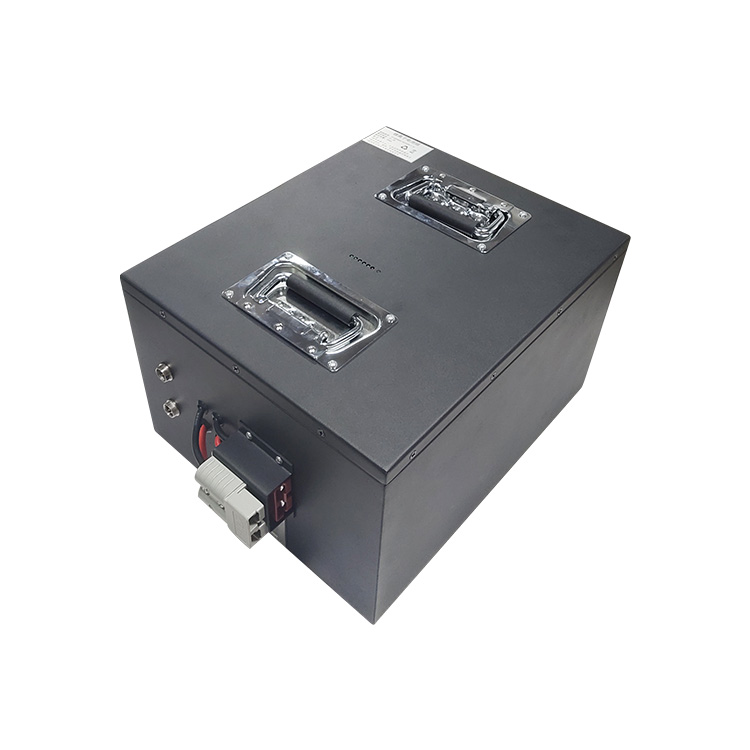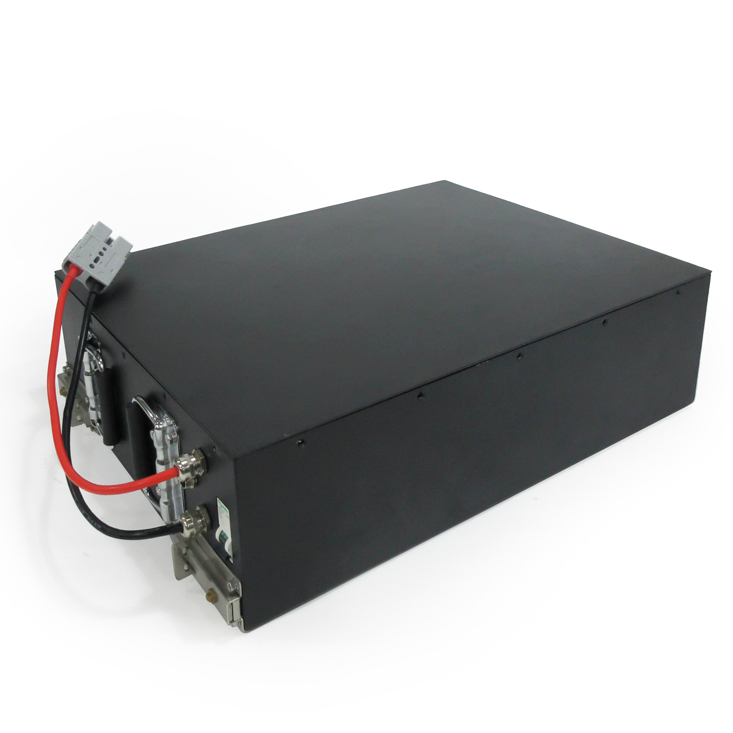Bms Battery Thermal Management Technology and Its Application
The rapid development of electric vehicles and energy storage systems, battery Management System the importance of (BMS) is becoming increasingly prominent. Among them, battery thermal management technology plays a vital role in BMS. This article will introduce and analyze the battery thermal management technology and its application.
I. Importance of Battery Thermal Management
battery is the core component of electric vehicle and energy storage system, and its performance and life are directly affected by temperature. In the high temperature environment, the battery will generate overheating phenomenon, affecting its performance and safety; In the low temperature environment, the charging and discharging efficiency of the battery will decrease, resulting in the reduction of endurance mileage. Therefore, the application of battery thermal management technology can effectively improve the working efficiency and safety of the battery and prolong the service life of the battery.
2. BMS Battery Thermal Management Technology
-
temperature sensor
- by arranging temperature sensors inside the battery pack, BMS monitors the temperature of each part of the battery pack in real time so as to take thermal management measures in time.
-
Thermal cooling system
- BMS uses a thermal cooling system (such as cooling fin, fan, etc.) to heat the battery pack to maintain the battery pack within a safe operating temperature range.
-
Temperature control strategy
- according to the real-time data of the temperature sensor, BMS formulates a reasonable temperature control strategy, including controlling the charging rate and adjusting the discharge power, so as to avoid overheating or supercooling of the battery.
-
Heat balance management
- BMS manages the heat balance of the battery pack. By control battery the heat balance between internal units, it reduces the generation of hot spots and improves the overall heat management efficiency of the battery pack.
-
Thermal runaway protection
- BMS has the function of thermal runaway protection. Once the battery pack is found to be seriously overheated, it can take protective measures in time, such as cutting off the charging and discharging power supply to prevent accidents.
III. Application of thermal management technology of BMS battery
-
electric vehicle
- in electric vehicles, BMS battery thermal management technology can effectively improve the charging and discharging efficiency of the battery, prolong the service life of the battery, and at the same time ensure that the battery works in a safe temperature range, improve the performance and safety of the whole vehicle.
-
Energy Storage System
- in the energy storage system, the BMS battery thermal management technology can optimize the working temperature of the battery pack, improve the energy efficiency and stability of the energy storage system, and reduce the operating cost of the system.
-
Battery pack maintenance
- the thermal management technology of the BMS battery can also be used for the maintenance of the battery pack, monitoring the temperature changes of the battery pack, discovering the problems existing in the battery pack in time, and providing data support for maintenance and maintenance.
IV. Conclusion
BMS battery thermal management technology is of great significance in electric vehicles and energy storage systems. Through reasonable thermal management strategies and control means, the working efficiency and safety of batteries can be effectively improved, extending the service life of the battery provides an important guarantee for the reliable operation of electric vehicles and energy storage systems. With the continuous development of science and technology, BMS battery thermal management technology will be continuously improved and innovated, injecting new vitality into the development of electric vehicles and energy storage systems.
 Dongguan Juneng New Energy Technology Co., Ltd.
Dongguan Juneng New Energy Technology Co., Ltd.
 137 5142 6524(Miss Gao)
137 5142 6524(Miss Gao)
 susiegao@power-ing.com
susiegao@power-ing.com
 Xinghuiyuan High tech Industrial Park, Dalang Town, Dongguan City, Guangdong Province
Xinghuiyuan High tech Industrial Park, Dalang Town, Dongguan City, Guangdong Province













 Yue Gong Wang An Bei No. 4419002007491
Yue Gong Wang An Bei No. 4419002007491